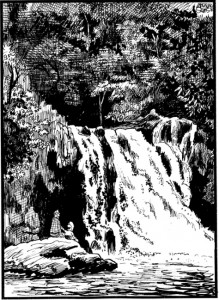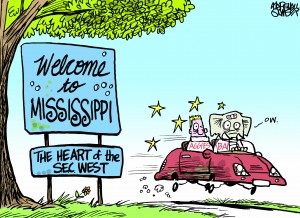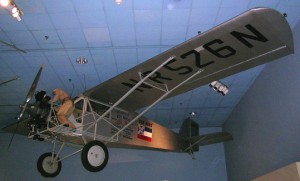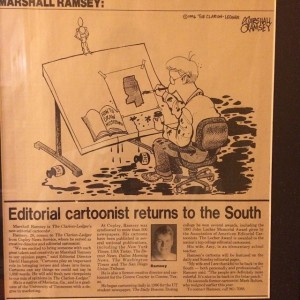“We’re all born the same way but there are a million ways to die.”
 Tall, thin and tired, Paul Slansky poured a handful on the dirt on the polished coffin and then rubbed his temples. Fifteen years of marriage, seven of them good, were now officially over. “‘Til death do you part,” the priest had said on that happy day. He was right, of course. Now he had said it again. Paul just didn’t think it would be so soon.
Tall, thin and tired, Paul Slansky poured a handful on the dirt on the polished coffin and then rubbed his temples. Fifteen years of marriage, seven of them good, were now officially over. “‘Til death do you part,” the priest had said on that happy day. He was right, of course. Now he had said it again. Paul just didn’t think it would be so soon.
He looked over at his two sons. What the heck would they do without their mother? And how would he be a single parent? His youngest son wouldn’t remember his mom. Paul shuffled his feet uncomfortably at the thought. While he and Anna weren’t exactly wildly in love, the one thing they agreed on were their two boys, Jack, aged nine and Matt, aged six. They were the loves of her life.
He looked over at the giant statue of Jesus in the cemetery. “I know we’re just passing friends, but could you tell your Dad I need some serious help here.” Paul felt depression pulling him into the ground with his wife. At times he couldn’t live with Anna. But he sure couldn’t live without her.
The sun began to dip down beneath the mountains. A chill gripped the mourners as they scurried to their cars. One chapter had ended in Paul Slansky’s life and another one was about to begin. The chapter of single parenthood.
He stood in the field of stones alone with two boys who needed him more now than ever.
Paul Slansky had been a father like his father — not a very good one. He devoted most of his life to chasing his career and leaving the child-stuff to Anna. But what Paul had not understood was this: Your career won’t hold your hand while you are dying. As he held Anna’s in her last days, that epiphany illuminated his selfish soul. He looked over at the two boys in their ill-fitting suits. They were his legacy.They were his new career. Paul Slansky helped bring his boys into the world. Now he was going to raise them.
The following Monday, Paul walked into his office and turned in his two-week notice. His boss, flabbergasted, said, “Paul, seriously, take some time off. I know you have been hit hard by this.” But Paul didn’t care. He knew what he had to do.
So he sold the house, had a yard sale, took his 401K money and moved from the suburbs of Atlanta to the mountains of East Tennessee. Through the help of a friend, Paul got a job teaching business at a local high school. Now he and his boys were on the same schedule. He and his boys could explore the mountains together.
And that they did.
The first hike they took was to Abrams Falls in Cades Cove. His own mother had taken him there when his father had died of a heart attack when he was nine. Paul remembered her spreading his ashes carefully at the base of the falls. Now Paul was back. He and the boys took a rose to represent their mother. Paul watched as the water crashed down over the rocks. Time was like that water, constantly breaking the stone and carving out rock. The boys released the rose in the clear cool water.
Paul would always be there for them. And their mother would always be, too.
Paul would make sure of that.

















